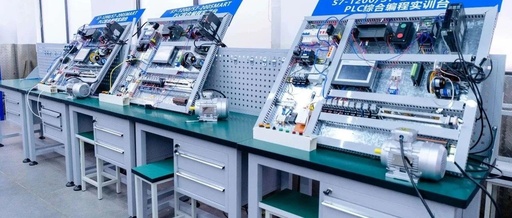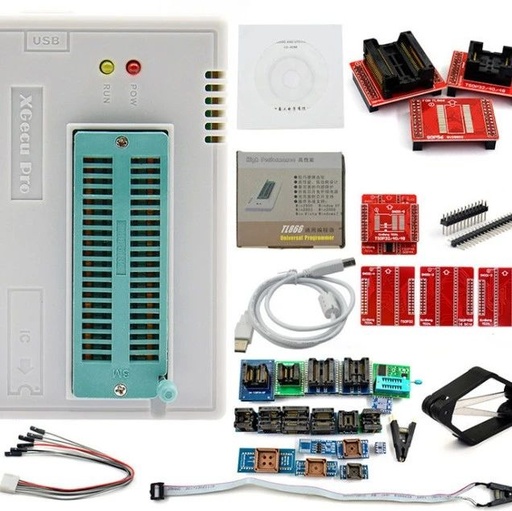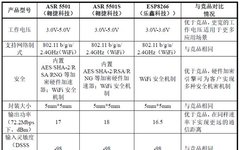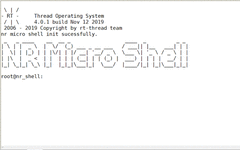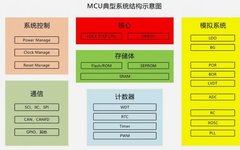Comprehensive Analysis of MCU-PLC Serial Communication Protocol
Hello everyone, I am Da Yi, and today we are going to talk about the serial communication protocol between microcontrollers (MCU) and PLCs. When it comes to serial communication, many of you might feel confused, but don’t worry, I will clarify everything shortly. What is Serial Communication?Communication is everywhere; for example, the way you and … Read more
